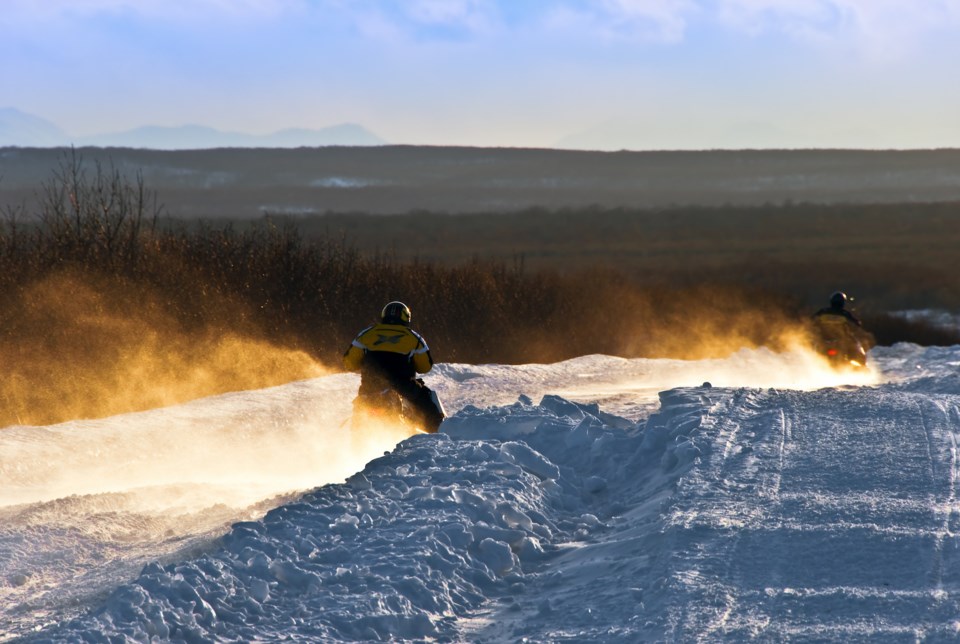Another Ontario winter is in full swing and with that comes a wide range of winter sports that take people outside. A popular activity is snowmobiling – and Ontario is home to one of the largest interconnected snowmobiling trail systems anywhere.
A network of more than 30,000 km of trails runs across many parts of the province, maintained by the Ontario Federation of Snowmobile Clubs and its members, and gives people the chance to experience our beautiful province from a different point of view.
Snowmobiling also makes significant contributions to our winter economy as enthusiasts buy and maintain equipment, rent accommodation and visit local restaurants while out enjoying their hobby.
That large network of trails, however, all depends on Ontario farmers and landowners who agree to let their land be part of the snowmobiling system in the province – and that’s where, we as farmers, are urging the snowmobile community to be both responsible and respectful while out on the trails.
In short, this means taking proper precautions to stay safe, being prepared and respecting landowner rights by staying on the officially mapped and designated trails.
Off-roading or riding outside of the trail network poses challenges to both riders and the first responders who have to rescue them from potentially unsafe situations.
I farm with my wife and son in Tiny Township near Penetanguishene, a prime snowmobiling and winter sports area. For many years, I was a volunteer firefighter in our local municipality and as a first responder, I was called out to more than a few snowmobiling accidents – often caused by people whose sense of adventure was stronger than their understanding of risk.
There are hidden dangers under the snow, like farm ponds or streams where the ice might not be thick enough to hold the weight of a heavy snow mobile, or farm equipment that is stored outside – both of which can cause unexpected injury.
Many farms also harvest sap for maple syrup production, which means there are sap lines running through the bush that can be damaged by trespassing and pose risk of injury to unsuspecting riders.
Off-roading can also cause damage to the land and soil under the snow or the plants growing there in the fall that will re-emerge in spring.
It’s important for Ontarians to be aware of trespassing rules and their responsibilities around making sure they ask permission before they enter private property or staying on marked, designated trails when out enjoying the winter.
To help minimize trespassing, farmers and rural landowners are encouraged to post clearly visible “no trespassing” signs on their property.
Here are some recommended tips to help snowmobile trail riders stay safe this winter and minimize problems for landowners:
- Stay on the designated trails and make sure you only ride on trails that have been opened for the season. The Ontario Federation of Snowmobile Clubs has a great interactive trail map on their website that provides the latest updates.
- Slow down in unfamiliar terrain and be extra cautious when crossing roads and railway tracks.
- Obey trail signs and signals, including the maximum speed limits for snowmobiles, which are lower than for cars.
- Always ride sober – the penalties are the same as they are for impaired driving or boating.
- Check weather, trail and ice conditions before heading out, wear appropriate clothing and let someone know where you’re going.
- Never ride on private property without permission from the landowner.
Stay safe, act responsibly and be respectful of land and nature when you’re out enjoying winter this year.
